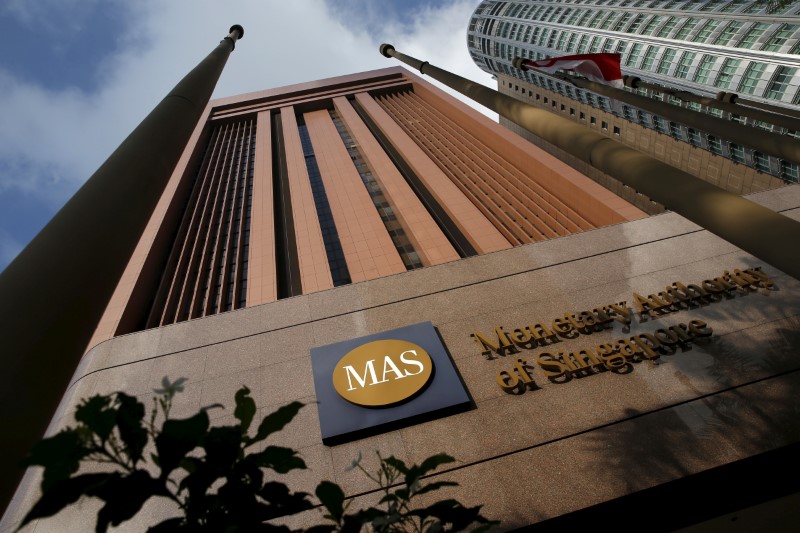
President Donald Trump on Thursday issued an executive order to set up a task force to study the United States Postal Service and recommend reforms.
That development may represent an escalation in Trump’s attacks on Amazon for its dealings with the service, analysts said. The White House did not immediately respond to a request for comment sent outside regular office hours.
The task force will evaluate the operations and finances of the USPS, the order said. That includes examining the postal service’s role in competitive markets, the state of its business model, workforce, operations, costs and pricing. The task force was ordered to look at the decline in mail volume and how that affects the USPS’ self-financing and the agency’s monopoly over letter delivery and mailboxes.
“The USPS is on an unsustainable financial path and must be restructured to prevent a taxpayer-funded bailout,” Trump said in the executive order.
The USPS has incurred “$65 billion of cumulative losses since the 2007-2009 recession,” the document said. It added that the agency had been unable to make payments for its retiree health benefit obligations that “totaled more than $38 billion” at the end of fiscal 2017.
“It shall be the policy of my Administration that the United States postal system operate under a sustainable business model to provide necessary mail services to citizens and businesses, and to compete fairly in commercial markets,” Trump wrote.
The task force would submit a report on its findings and recommendations to Trump within 120 days since the issuing of the executive order.
Not mentioned in the executive order is the subject for which the USPS has been a topic of Trump’s recent public discussion.
In recent weeks, Trump claimed that the service was losing billions due to Amazon. One of Trump’s main contentions was that the Jeff Bezos-led retailing juggernaut was ripping off the USPS. Amazon uses the service for much of its last-mile delivery services.
The agency reported a net loss of $2.7 billion in fiscal 2017. The revenue breakdown, however, suggested that shipping and packages were one of the few categories where the USPS made more money year-on-year. The agency, moreover, began losing money in the early 2000s — well before Amazon became the e-commerce giant that it is today.
Though Trump’s executive order does not reference Amazon by name, one analyst told CNBC that it was a “shot across the bow” at Jeff Bezos‘ company.
“Amazon has built its business model on the shoulders of the USPS and Trump is not just talking the talk but now walking the walk with this executive order as a first step, in going after this potential relationship,” Daniel Ives, chief strategy officer and head of technology research at GBH Insights, said.
Ives added the jury is still out on what the executive order will result in, but it’s clear that Amazon is “in the cross hairs of Trump.” While Amazon will continue to use the USPS as a key delivery mechanism, the company’s “further investments and infrastructure in last mile delivery might be getting accelerated with Trump on the warpath on this front.”
On the other hand, Amazon could simply use the likes of UPS and FedEx for its last-mile delivery, according to Michael Pachter, managing director of equity research at Wedbush Securities.
“USPS will have lower revenues and greater losses,” Pachter told CNBC. “The president cannot hurt Amazon by examining the USPS.” He explained that while USPS has more competitive rates than UPS and FedEx, they were not dramatically lower.
“If they raise by 10 percent, Amazon may stay with them. However, postal rates are set by an independent commission, and the president’s task force has no power to change rates. He is likely not aware of this fact,” Pachter said.
— CNBC’s Jaden Urbi contributed to this report.

